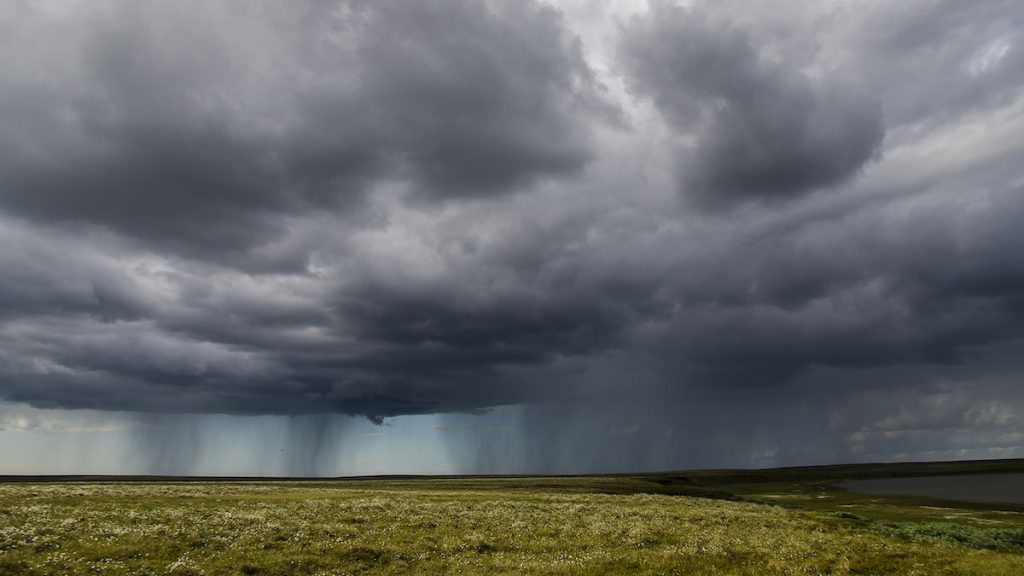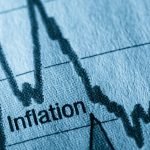RFS is well and truly back and opened its doors for 2024 on Jan 8th.
It is fair to say, it has been a long time since I have seen the team that excited about getting back to work. Anything that involved a large air-conditioned space was super attractive and the alternative, frequenting shopping centres, leads to spending temptations.
We also had a few ‘mountain folk’ (Tamborine residents) who were in desperate need of a shower and phone charging facilities. They couldn’t get through the door fast enough!
The calendar year for 2023 finished with a flourish as far as markets were concerned, and we have done a quick summary of the year and our thoughts for 2024 on the RFS YouTube channel if you click on the link below. Yes, I know, ‘a great head for radio’ and there is only so much our marketing department can do with this sort of ‘talent’.
The upshot is we are seeing less government intervention which should lead to more traditional market behaviour.
Investment growth should be driven by well run companies growing their earnings and delivering to shareholders.
‘Cost of living’ (a phrase which every politician and media commentator loves at the moment) will impact on consumer choices and companies will need to sharpen and improve their offer to attract the available dollars. Good quality companies, with competitive products, sound balance sheets and well managed debt will do well in this environment and that is what our analysts are focused on.
We are hearing today 25th Jan, (though yet to be confirmed) that the Albanese government will break their election promise on delivering the promised tax cuts. This is a body blow to middle Australia who earn too much to be provided any government subsidies but have been the most impacted by rising interest rates. This group already provide the bulk of the personal taxation revenue collected by the federal government and the scheduled tax relief was to provide a fairer and simpler tax system.

Interest rates, property valuations and rents.
As we mention in the YouTube summary, our core position is that interest rates will see less upward pressure as world Gross Domestic Product growth slows, but we aren’t anticipating rates dropping in the near term, though there should be an easing bias.
Interest rates impact all parts of the supply chain so that will ultimately be passed through to consumers at the checkout. Our increasing energy costs have the same flow on effect.
Residential property prices went sideways in our major capitals in 2023 though nationally they were slightly up.
Australians, historically, hate to sell properties at a loss and in periods similar to this in the past, where we have seen dramatic growth in property prices, that can track sideways.
- Owners who have bought near the top of the market hold on to their properties until they can sell for a price higher than their purchase price.
- Owners who have benefitted from the rises, can still realise substantial gains so may still sell into this market at current prices especially to decrease interest rate burdens.
- Renters find that renting is cheaper than buying so have reduced motivation to buy.
- Rents slowly climb over a number of years until buying becomes more attractive.
- The national median rental yield is at only 2% on current prices so the return for investors is very low unless they can get capital growth and that is questionable in the near term.
- Investors can get 5.0% from a term deposit with no risk, no maintenance, no tenants and 100% liquidity so property loses some of its attractiveness
This is all part of the property cycle, but it may be disrupted by our enormous migration numbers. Demand and supply for housing is still a problem and rental vacancies are scarce.
This may allow landlords to increase rental rates at much faster rates than within a normal cycle and bring forward the opportunity for property price growth. In 2023 the national average rental increase were up by 23%, according to realestate.com.au .
- But…. renters simply don’t have the income growth to afford the rental increases.
- And, all of this feeds into inflation which keeps interest rates higher for longer.
People will make money out of property and there will be areas that do much better than the average but arguably investors and buyers will need to be much more selective to find the better opportunities.
This wide brown land!
It was a fairly wild summer break and our sympathies to all who were impacted by El Nino (https://www.climate.gov/news-features/blogs/enso/january-2024-el-nino-update-birds) making a long-awaited return.
The Bureau of Meteorology (BOM) copped a bit of hiding on its predictions of a ‘hot dry summer’ but, who would be a weather forecaster.
- La Nina usually brings wet cooler weather and warmer water temperatures as the winds blow East to West across the Pacific. More cyclones and floods are the typical result.
- El Nino blows West to East pushing warmer waters to the Americas’ and hot drier air across our deserts. Unfortunately, that is when our bush fire risk escalates dramatically.
https://www.csiro.au/en/news/all/articles/2023/september/el-nino-la-nina

Weather and Australia go together and yes, each generation gets surprised by how dramatic mother nature’s behaviour can be. As I come into my 60th year, and having spent my formative years in Central Queensland, I still stand in awe of the spectacular tempests that she can deliver. We celebrate Australia Day on the 26th and one of our most famous poet’s prose, regularly returns at this time of year.
Dorothea McKellar’s ‘My Country’ penned some time between 1904 and 1908, (when she was 19 to 23 years old!) was well before meteorologists understood the ‘ENSO’ (El Nino Southern Oscillation), but she described these two forces, El Nino and La Nina, playing havoc with our weather, beautifully.
The second verse is the most quoted of the six:
I love a sunburnt country,
A land of sweeping plains,
Of ragged mountain ranges,
Of droughts and flooding rains,
I love her far horizons,
I love her jewel-sea,
Her Beauty and her terror,
The wide brown land for me!
If it is a while since you have revisited the full poem, this link will take you there and it really is a word painting. https://www.dorotheamackellar.com.au/my-country . (We have also added this to our news feed).
The final verse sums up how so many of us feel about this country.
An opal-hearted country,
A wilful, lavish land-
All you who have not loved her,
You will not understand-
Though earth holds many splendours,
Wherever I may die.
I know to what brown country
My homing thoughts will fly.
Australia Day and why the 26th of January?
While Australia had probably been visited by many European and Asian mariners, it was Captain James Cook who first charted the East Coast in 1770 and his ‘Endeavour’ crew may have been the first Europeans to have landed on the East coast.
Captain Arthur Phillip sailed into Botany Bay with the ‘First Fleet’ some 18 years later – 9 years after Cook’s death. That first fleet was made up of 11 ships.
The fleet arrived around the 18th of January, 1788 having left England on the 13th of May 1787. The original site in Botany Bay was deemed unsuitable (soil and water issues) and they settled on Port Jackson as the site for the first settlement. Port Jackson is in Sydney Harbour and the western side includes the now famous circular quay, so not a bad option at all.
On the 26th of January, 1788, 1030 persons from the fleet, went ashore:
- 736 convicts, including 188 women
- 230 Marines and civil officers
- 27 wives of the marines and officers
- 37 children
Having been declared ‘Governor of New South Wales’, Governor Phillip then planted the flag of Great Britain to signify the first permanent European Settlement in Australia.
I think it is good to pause and consider that group sailing for 250 days to get here, with almost no knowledge of where they were going to end up and with mainly convicts as their fellow settlers. Yes, ships had made the journey before, but a lot had failed to return, and the first fleet would have sailed through our northern waters in storm season.
I am not sure how many of us would be signing up for that today – possibly why a large portion were convicts?
The Gadigal aboriginals who roamed those lands at the time would have probably been a bit surprised to find those early ‘boat’ people setting up camp, but the historical records shine a fairly positive light on Governor’s interactions with the local Indigenous and on his management of the settlement generally.
That is the reason for the 26th but realistically, I don’t think many Australians have ever focused on that event as the reason for the celebration. Australia Day only became a national holiday in 1994 and in retrospect the suggestion of simply the last Friday in January might have been a lot less contentious? We became a ‘Commonwealth’ on 1 Jan 1901, but if that became Australia Day, there is an argument that it would be drowned out by new years festivities.
As long as we have a day to celebrate, I think most of us will be happy and yes there is so much to celebrate about this country and its people.
Warren Mundine, a leading indigenous advocate, (a member of the Bundjajung people) wrote a piece in the Australian Financial Review in 2018 that encapsulates his reasons for celebration very succinctly.
“I am proud of Australia as a migrant nation, where people from across the world have settled peacefully and contributed positively. Australians are descended from over 300 ancestries: a tapestry of physical features, languages, religious beliefs cultural backgrounds, even football codes.
All Australians can be proud of this continents shared 40,000-year history comprising its ancient past, Western Civilisation, British institutions and cultural richness from two centuries of immigration.”
To all Australians,
Happy Australia Day.
Regards,
Paul Forbes, RFS CEO.
















